Surface Pro 7 vs Surface Pro 8: which is right for you?
Which Microsoft Surface Pro tablet is better: Surface Pro 7 vs Surface Pro 8?
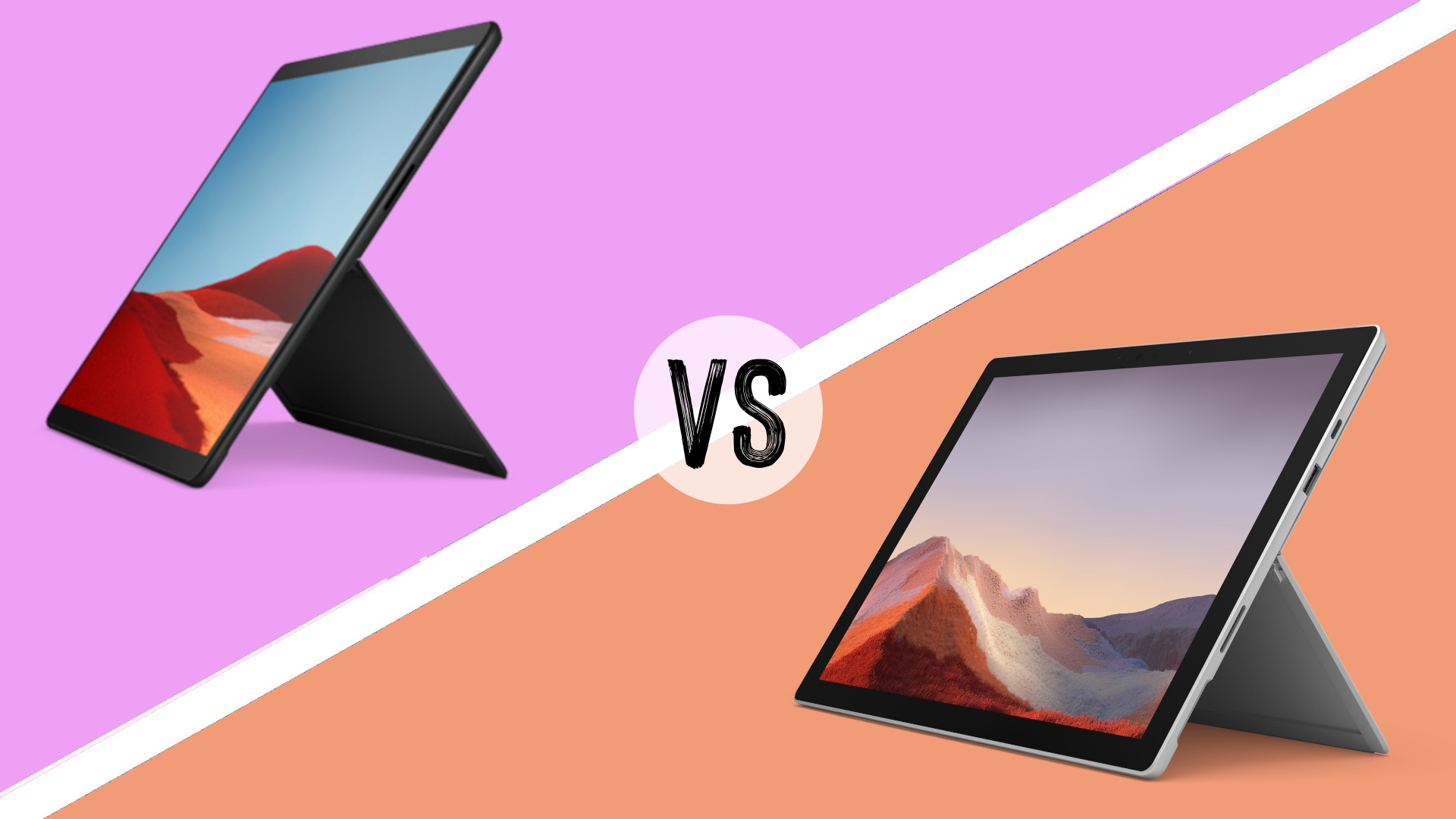
The Surface Pro 7 and Surface Pro 8 are both excellent tablets produced by Microsoft, and many digital creatives have embraced these devices as essential tools for their projects thanks to their touch screens and stylus support, as well as the fact that they run full versions of Windows.
That's an important consideration. Unlike Apple's iPads, which run a specific operating system (iPadOS) designed for the tablets, the Surface Pro 7 and Surface Pro 8 run the same Windows 10 (or Windows 11) operating system that you'll find on laptops and desktop PCs.
So, you're able to run full versions of programs such as Photoshop, rather than the pared-down mobile app versions which often lack advanced features.
The debate over Surface Pro 7 vs Surface Pro 8 and which is the best for creatives has gotten even more interesting recently with the release of the Surface Pro 9, which is the latest model.
The Surface Pro 9 is an iterative update, which means outside of a specs bump with more powerful hardware, there's not a huge difference between the new model and the Surface Pro 8.
With that launch, it means the Surface Pro 8 has seen price cuts, and the Surface Pro 7 can be found for even less. Now that the Surface Pro 7 is a few years old, you may find stock harder to find, however.
After all, while the Surface Pro 7 is certainly the older device, it may still have many of the features that you were looking for, negating the need to opt for a newer, potentially more expensive model.
If you'd rather skip the Surface Pro 9 and go for the older models, then there are some notable differences that could sway your choice and many of them are not immediately obvious when looking at the designs or even the specifications. We’re here to outline every pro and con to each of these popular Microsoft devices to make sure you’re getting the most out of your available budget, relative to your personal needs.
If you want more in-depth analysis then check out our dedicated Surface Pro 7 review and Surface Pro 8 review, as well as the best Surface Pro deals if you're trying to hunt down a bargain.
Surface Pro 7 vs Surface Pro 8
Surface Pro 7 vs 8: Display
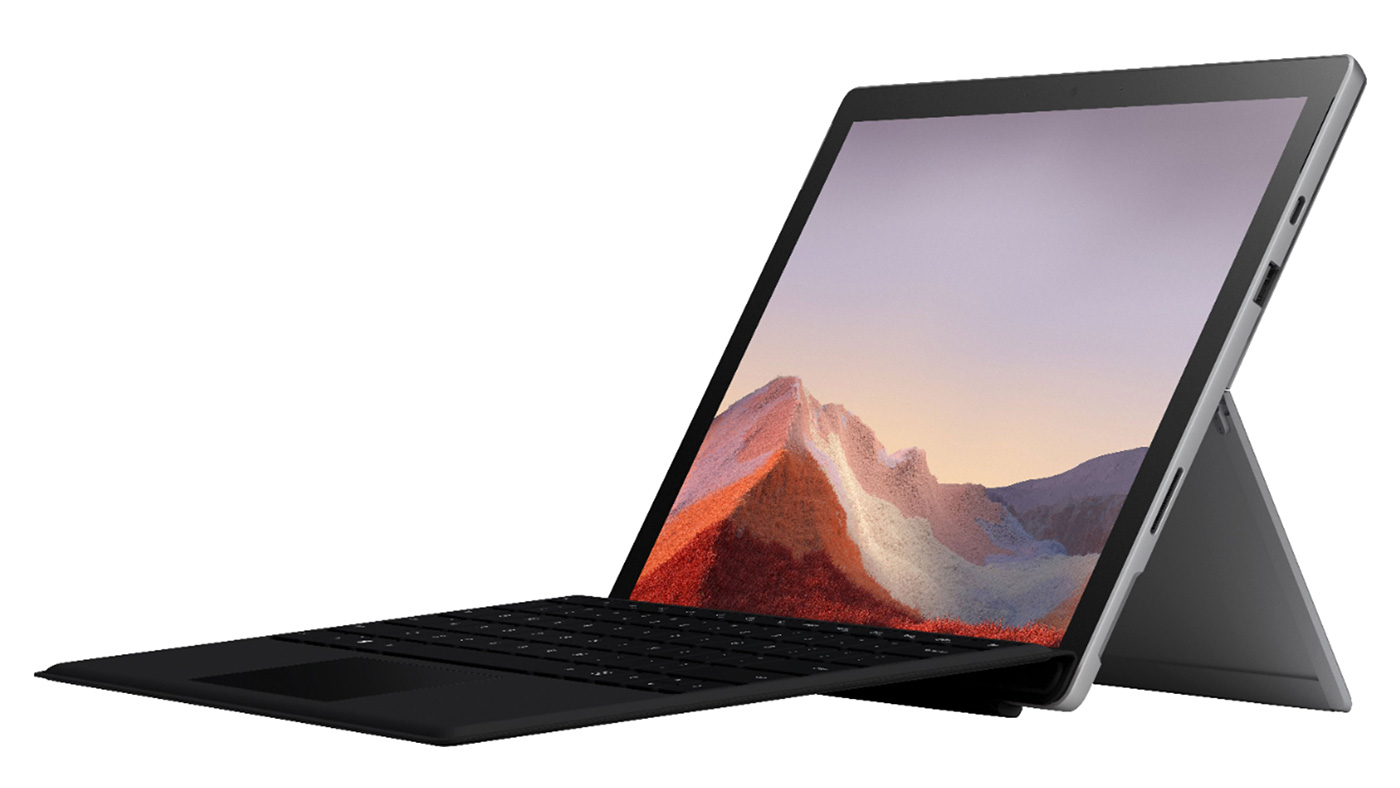
The work that went into slimming down the bezels on the Surface Pro 8 really paid off. This is a gorgeous display with a full 3:2 radio and 2,880 x 1,920p resolution, sitting somewhere between 4K and 1440p. It’s also capable of hitting 103% of the sRGB spectrum, so you’re getting crisp, accurate colours across any creative applications like Adobe Photoshop, or even just when watching content on the go.
It copes fairly well outside in daylight too, with a peak brightness of 467 nits - around the upper range for a modern laptop. It isn’t ideal for playing games (we’ll get into that later), but you’re getting a 120 MHz refresh rate, so anything you watch is going to look incredibly smooth.
The Microsoft Surface Pro 7 lags behind, but only slightly, with a 2736 x 1824p resolution and the same 3:2 aspect ratio. Similarly, it’s capable of covering 102% of the sRGB colour gamut and achieves a peak brightness of 453 nits. The refresh rate is capped at a much lower 60Hz, but this is plenty enough if you’re just going to be watching shows on the go.
The display on both models is fantastic, and Microsoft put a lot of care into their screens so the choice here is if the slight boost to performance and slimmer bezels are worth the additional cost of buying a newer product. In most cases, the Surface Pro 7 will serve you just fine and you’ll see very few differences in image quality if you judge my eye.
Surface Pro 7 vs 8: Performance

We had no issues using either model to run photo and video editing apps such as Adobe Photoshop and Premiere Pro, though the lack of a dedicated GPU will mean neither is well suited for demanding tasks like 3D sculpting or especially high-resolution video rendering. Similarly, gaming won't be high on your list, but the integrated Intel graphics do allow you to play some retro or low-demand indie titles, just don't expect a high frame rate.
Neither will provide you with the same power as say, a portable creative workstation like the Acer ConceptD range, but having this much accessibility to full versions of demanding apps on a tablet is pretty impressive.
There’s a jump from the 10th generation of Intel processors in the Surface Pro 7, to the 11th generation in the Surface Pro 8, and with it comes some small improvements to both performance and speed. Additionally, the Surface Pro 8 is the first of Microsoft’s tablets to receive the Intel Evo certification badge, something awarded to products that have especially long battery life.
For context, the Surface Pro 7 managed around 6 hours and 2 minutes in a looped battery test, while the Surface Pro 8 managed to trundle along for 8 hours 15 minutes in the same benchmark. Neither are mindblowing by today's standards, but the Surface Pro 8 should at least get you through most of a workday without being plugged in.
The Surface Pro 9, meanwhile, comes with a 12th generation Intel processor.
Surface Pro 7 vs 8: Design
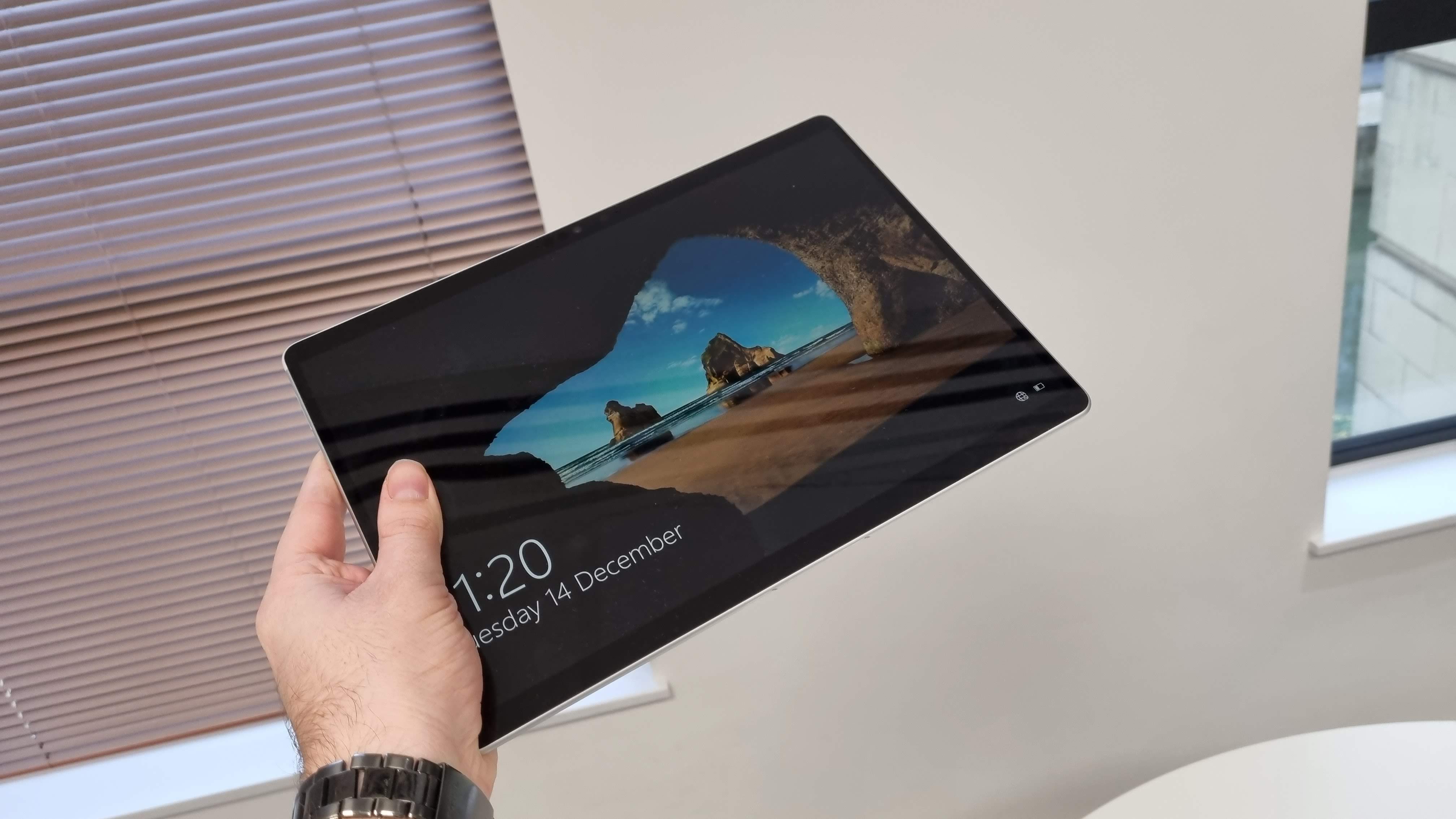
Both tablets are incredibly slim and lightweight, especially when compared to traditional laptops. Even many dedicated graphics drawing tablets can feel weightier, so there’s an obvious appeal to a lightweight, self-contained system that also allows you to flex some creative muscle.
The Surface Pro 7 measured in at 292 x 201 x 8.5mm (11.5 x 7.9 x 0.33 inches) and weighing 0.77kg (1.7lbs), while the Surface Pro 8 is ever-so-slightly larger, measuring in at 287 x 208 x 9.3 mm (11.3 x 8.2 x 0.37 ins) and weighing 0.9 kg (1.96 lbs).
Both of these are easy to throw into a bag without worrying about it weighing you down, and the designs between the two are pretty similar, with a few exceptions. The most notable is that the bezels on the Surface Pro 7 are fairly chunky which gives it an outdated look. This has its own purpose, allowing you to grip the tablet from all sides with little worry about accidentally pressing something on the screen, but t6he slimmer bezels on the Surface Pro 8 do look a lot more pleasing.
That also has the additional benefit of granting the Surface Pro 8 an 11% more screen real estate, so despite those earlier dimensions, this feels like a much larger tablet than it actually is. Ports are also superior on the Surface Pro 8, with two new Thunderbolt 4 ports, a 3.5mm headphone jack and the Surface Connect port. The Surface Pro 7 doesn’t even have Thunderbolt 3 support, so if you wanted to hook up external GPUs then this is your only compatible option.
That said, the Surface Pro 7 still has a few tricks up its sleeve. If you need to use a USB-A peripheral and you really don’t want to use a dongle then the older Surface Pro 7 retains the USB 3.0 Type-A port that the newer model has done away with, as well as a microSD card reader.
Surface Pro 7 vs 8: Features
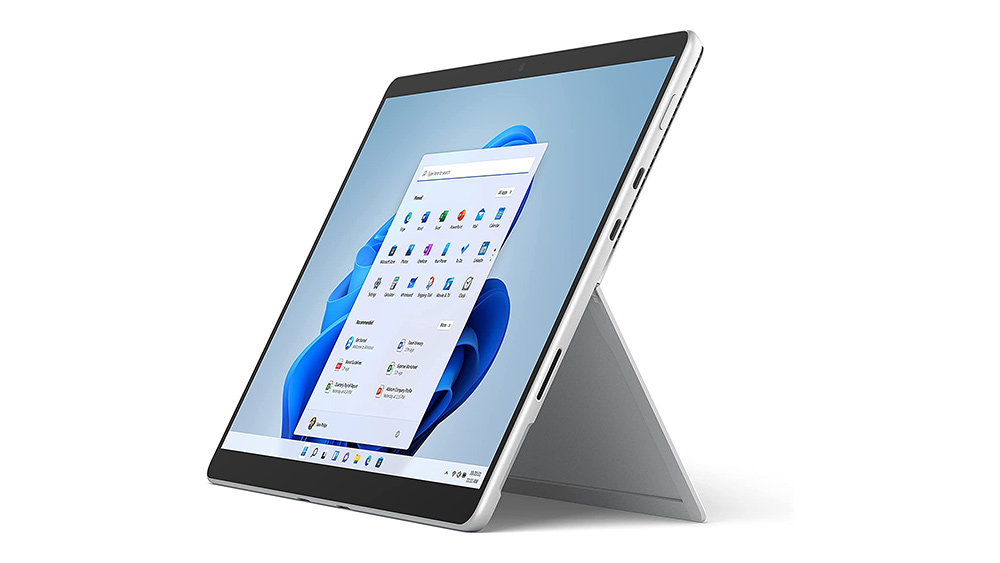
The Surface Pro 7 and Surface Pro 8 both run full versions of Windows, which grants you full access to all of the apps and services you can find on a desktop Windows PC…providing you have enough power to run them.
The base configuration of the Surface Pro 7 is just 4GB of RAM, and Microsoft does consider this to be the minimum requirement to run the latest Windows 11 OS, but we would really advise you to opt for at least 8GB if you want to actually upgrade from Windows 10.
Cameras are fairly similar, with both models featuring a 5MP front-facing camera with Windows Hello facial recognition that can capture video in up to 1080p. The Surface Pro 8 does manage to edge out the older Surface Pro 7 slightly though, as while the older product has an 8-megapixel rear-facing camera with 1080p full HD video capabilities, the Pro 8 has a boosted 10 megapixels with the same 1080p video maximum.
This is an obvious upgrade on paper, but in practice, it's difficult to distinguish between the two so you’re not missing out on much if you opt for the Surface Pro 7. A great benefit to both is that the cameras are significantly better than most other built-in webcam options you’d find in laptops, as most are still capped to just 720p and tend to struggle in anything other than bright daylight. Both of the Surface Pro models produce high-quality video with very little background noise (the weird static-like fuzz) so it would seem the sensors used are of good quality.
The pattern for both sharing similar features continues as each has Wi-Fi 6 and Bluetooth support (5.1 for the Surface Pro 8, and 5.0 for the Surface Pro 7), as well as compatibility for both generations of the Surface Slim Pen. The Surface 8 Pro enables the haptic feedback functionality of the Surface Pen 2 though, so you’ll feel like you’re actually writing or drawing on paper rather than a glass display, making it a clear winner for digital illustrators or photographers who spend a lot of time using a tablet stylus.
The Type Cover for the Surface Pro 8 is a smidge better too. Otherwise known as the Surface Pro Signature Keyboard with Slim Pen 2, it’s a mouthful to say, but provides a key improvement - a small indent built-in to store your stylus. The older Type Cover for the Surface Pro 7 doesn't have this, so you’re forced to keep it attached to the side of the tablet where it can fall off when in a bag or carried around.
Surface Pro 7 vs 8: Price
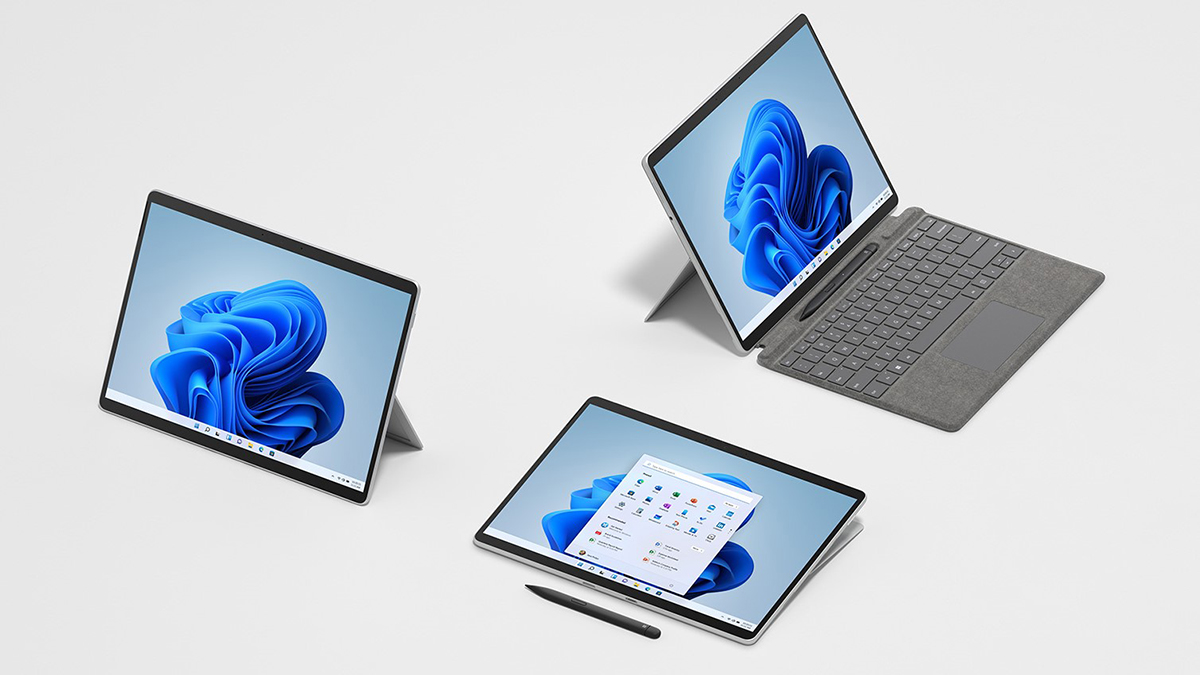
The pricing for both of these Surface devices is on the premium end of most budgets, which shouldn’t come as a surprise given they're marketed as ‘Pro’ devices. The Surface Pro 7 had a launch price of $749 / £799 for the entry-level configuration that comes with a tenth-gen Intel Core i3 i3-1005G1, 4GB RAM, and 128GB storage, which as we previously mentioned, won’t handle running most creative applications.
You can choose for a beefier model, but the prices will steadily increase until you hit the highest spec model equipped with an Intel Core i7, 16GB RAM and 1TB storage for $2,299 / £2,249.
Given it’s not the current-gen model, it’s not difficult to find one cheaper than that either in the sales or as a refurbished model, and there’s also less demand for it as people like to reach for something new and shiny, which presents the opportunity to pick up the perfectly capable Surface Pro 7 for a steal.
The Surface Pro 8 is pricier, starting at $1,099 / £899, but that base model comes with an Intel Core i5-1135G7, 8GB, and a 128GB SSD, which is more than enough of an improvement to justify the additional expense, with the top-of-the-line model priced at $2,599 / £2,459 for an Intel Core i7, 32GB of RAM and 1TB storage.
Sadly, this isn’t all you’d be forking out if you want to get the full Microsoft Surface experience, as neither comes with a keyboard or stylus. Instead, you’ll need to fork out an additional $139 / £129 for the Type Cover and $129 / £120for the Surface Slim Pen 2
Surface Pro 7 vs 8: Deals
Surface Pro 7 vs 8: Our verdict
If you’re a creative hoping to run applications like Adobe Photoshop or Premiere then the clear winner here is going to be the Surface Pro 8, as its more powerful base specifications are far more capable of handling demanding software. The 4GB in the Surface Pro 7 base model is barely enough for the device to run Windows OS smoothly, so it struggles if you throw too much at it.
That said, If you don't need an especially powerful device and won’t be using it as a dedicated drawing tablet then the Surface Pro 7 can be picked up for a bargain, with more powerful versions than the underwhelming entry-level model available second-hand or in seasonal sales.
Both tick plenty of boxes between them though, so chances are you’ll find the perfect Microsoft Surface device that will suit your needs, regardless of if you opt for the Surface Pro 7 or the Surface Pro 8.
Read more:

Thank you for reading 5 articles this month* Join now for unlimited access
Enjoy your first month for just £1 / $1 / €1
*Read 5 free articles per month without a subscription

Join now for unlimited access
Try first month for just £1 / $1 / €1
Get the Creative Bloq Newsletter
Daily design news, reviews, how-tos and more, as picked by the editors.
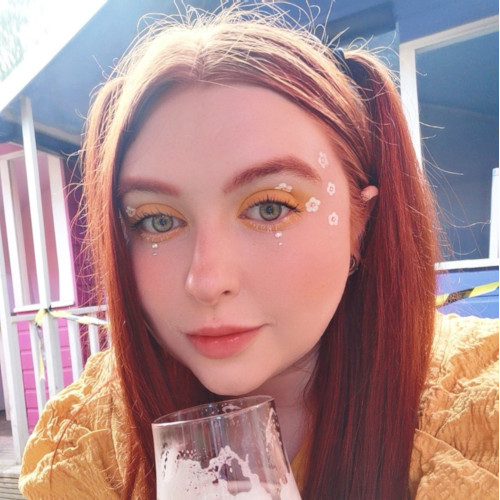
Jess is news writer at The Verge. She was previously TechRadar's computing writer, covering hardware, PC gaming and peripherals, though she can be found freelancing for creative tech like 3D printers and graphics drawing tablets. She also likes to dabble in digital art and can often be found playing games of both the PC and Tabletop variety, occasionally streaming on Twitch to the disappointment of everyone.
